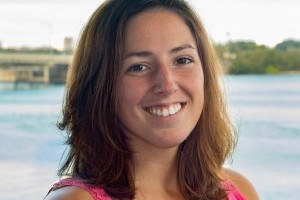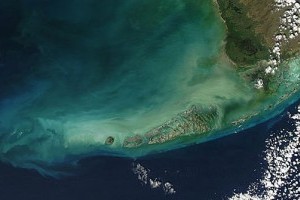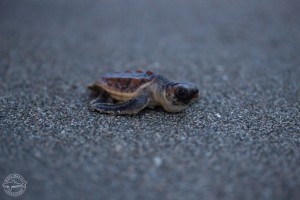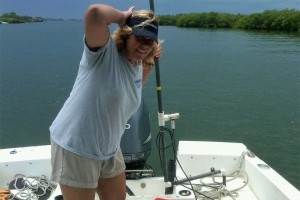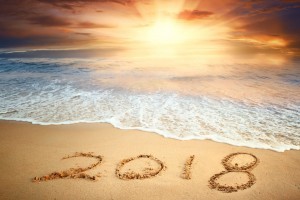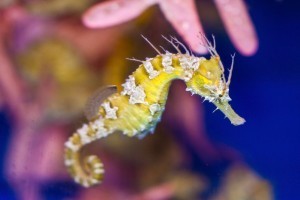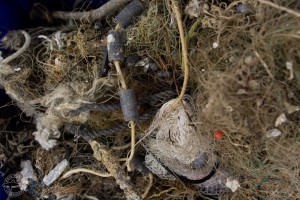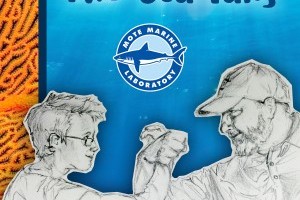Sponge vs. coral vs. seaweed… and other biogeochemical battles
March 12, 2018Can you say “biogeochemistry” three times quickly? Great: Now can you define it? In this episode, Dr. Heather Page helps Hayley and Joe get their heads around this important subject, which affects all life whether you’re in a forest or on a coral reef! Heather, a Mote Postdoctoral Research Fellow, wants to understand how one biogeochemical issue, ocean acidification, affects corals, sponges and seaweeds that fight for space on the ocean bottom. It’s not exactly a boxing match, but this silent competition must be understood to help scientists make predictions about our planet’s future, when biogeochemistry shifts could mean a very different ocean.

